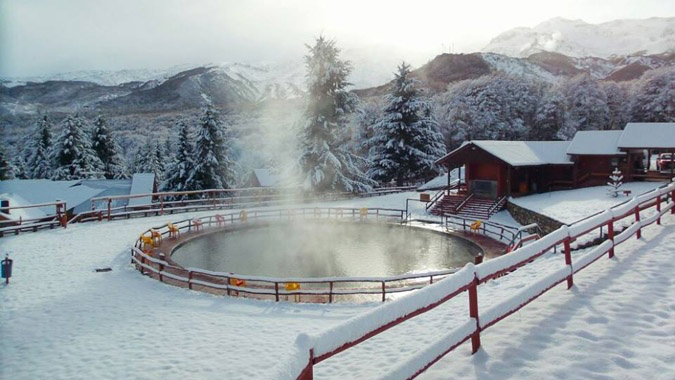Speaker
Description
Momentum space topology (MST) has been used since a long time in the study of condensed matter physics and nowadays it has become the main theoretical tool for the description and classification of topological insulators. This is because within MST it is possible to construct a topological invariant quantity in terms of two-point Greens function,
$$
\mathcal{N}_{3}~=~N\mathrm{Tr}\int_{\Sigma }K~GdG^{-1}\wedge GdG^{-1}\wedge
GdG^{-1}\;,
$$
so that a system in a given configuration labeled by ${\cal N}{3}$ belongs to an specific topological phase. At the same time, MST does also appear as an invaluable tool in the classification of the ground state of relativistic quantum fermionic field theories, which happens to be topologically equivalent to some topological materials, that is, they belong to the same universality class. For example, the Standard Model (SM) below the Electroweak scale belongs to the same universality class as the superfluid 3-He, as well as 3-dimensional topological insulators obeying time-reversal symmetry.
Inspired by the power of MST in the classification of the vacuum of quantum field theories, a new topological object, ${\cal N}{\Gamma}$ , is proposed, so that not only fermionic systems can be topologically classified, but also bosinic ones. This object is defined on the complex plane and it turns out to depend on the analytical expression of the mass function of the (fermionic and/or bosonic) propagator and on the contour $\Gamma$. To illustrate, the case of lattice quark propagator, as well as the finite temperature lattice gluon propagator (in the Landau gauge), will be considered. Finally, our proposal appears to be in agreement with the outcomes of the authors Hayashi and Kondo (2019), where another object was used to classify the topology of gauge field propagators.

